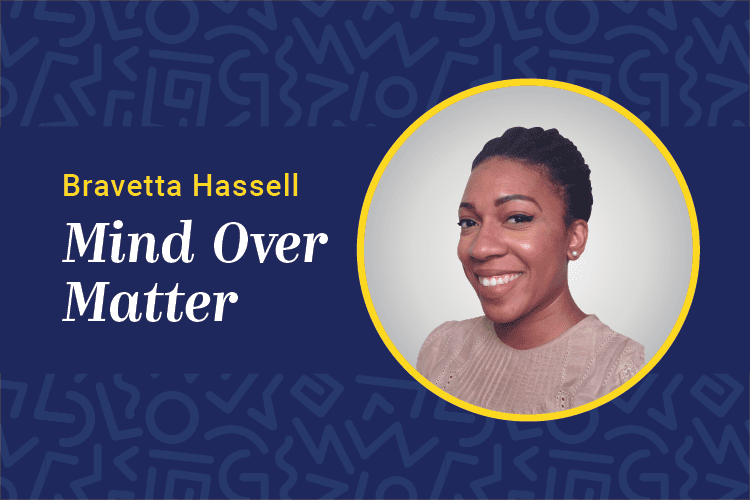Arianna Huffington’s commitment to wellness began 10 years ago when she collapsed from burnout and sleep deprivation. She had launched The Huffington Post two years prior, and was raising two teenage daughters as a single mom.
She thought she had to be everything all the time. “I bought into the delusion that I was a founder, I had to be always on for my startup to succeed,” said Huffington, founder of the wellness startup Thrive Global, which launched late last year to help people and companies address stress and burnout in an increasingly connected culture.
People and companies have to move away from the idea that productivity is at odds with personal well-being, Huffington said. “All of modern science is basically proving this wrong and validating ancient wisdom that human beings — the human operating system — needs sleep, needs time to recharge, and these are not optional.”
That’s one reason she’s speaking out on the topic, using Thrive Global to drive the discussion, and partnering with LinkedIn Learning to deliver a series of science-based wellness training courses to individuals and companies.
The short videos feature Huffington as well as guest instructors like former basketball star Kobe Bryant, Warby Parker CEO Dave Gilboa and Wharton business school professor Adam Grant discussing topics like sleep and meditation, gratitude and presence.
Today, technological advances have increased mobility, tethering people to their devices — and their jobs — and fueling stress, sleeplessness and ultimately harming productivity. In fact, most companies are impacted by burnout. According to a January Kronos Incorporated and Future Workplace employee engagement study on the topic, 95 percent of HR leaders reported that burnout has hurt their retention rate.
Tanya Staples, senior director of content and production for LinkedIn Learning, said the library jibes well with the company’s own goal to help professionals develop the skills needed for success. “In today’s ‘always-on’ culture, Thrive Global’s wellness training … is helping professionals proactively combat stress and burnout so they can be their highest performing selves on the job,” she said.
Prior to the new wellness library launch, Huffington spoke with Chief Learning Officer in an exclusive interview about the importance of companies integrating wellness training into their corporate learning strategy.
Chief Learning Officer: Why do companies need to take a more involved role in employee wellness, beyond health insurance and EAP benefits?

Arianna Huffington: Employee wellness is not a soft benefit. It’s not something that companies do because they are nice. It directly affects the bottom line, it has a huge impact on productivity, health care costs, retention and recruitment — very important business metrics. That’s what companies are beginning to realize.
As in any period of transition, multiple behaviors coexist. We still have companies that are operating in a Neanderthal way, expecting their employees to be always on. But we have more and more companies like Accenture and JPMorgan Chase that recognize how important it is to make sure their employees realize that, far from there being a trade-off between well-being and productivity, one supports the other.
CLO: Why do learning executives need to integrate wellness training into their strategy?
AH: It goes hand in hand with the lifelong learning movement, which is much more prevalent in many companies. And we have the data now that 70 percent of U.S. employees and 96 percent of senior leaders have said they feel burnt out. Learning new skills around well-being and resilience has never been more important. That’s why us partnering with LinkedIn Learning to build out a library of well-being and professional development courses made so much sense.
CLO: Whether a learning leader chooses an online format, builds their own, or contracts out for in-person wellness training — what key topics should be covered to generate value for employees and ultimately their companies?
AH: Regardless of which platform a learning leader chooses, the most important thing is that the training be premised on the truth that well-being and productivity are directly connected. The long-term health and well-being of a company’s bottom line is only as good as the long-term health and well-being of its employees. At Thrive, we break down well-being into elements like sleep, disconnecting from technology, movement, nutrition, gratitude, joy and purpose. All of these are central components of our overall well-being, but they can’t be considered in isolation.
For instance, if we can’t disconnect from technology, that will affect our sleep, which will in turn affect every other part of our well-being. So, it’s important that any well-being training program be comprehensive and take into account all parts of our lives.
CLO: The idea that you’ve brought in industry leaders — Bryant, Grant, Gilboa, for example — to guest teach Thrive courses seems significant. Do senior leaders have a role in transforming their company culture to be more wellness oriented?
AH: It’s incredibly important. We are working to change not just the company culture but a societal culture around this issue. Right now, what is celebrated and glamorized is being always on. We’re congratulated for working 24/7, for answering texts in the middle of the night. These are not sustainable ways to live, nor are they the most productive and effective ways to live.
We have a lot of data and examples about that, but to change the culture within companies, employees need to have permission from the top. For example, with JPMorgan, we issued a 28-day challenge to all global employees to work for 28 days on improving one of four things: sleep, unplugging from technology, gratitude and mindfulness.
The video they announced this challenge with included a lot of executives from the C-suite talking about what they were going to work on. Everybody saw that. Whether it was a junior analyst or somebody from a call center, they could see this was being embraced by everyone.
Bravetta Hassell is a Chief Learning Officer associate editor. Comment below, or email editor@CLOmedia.com.
















